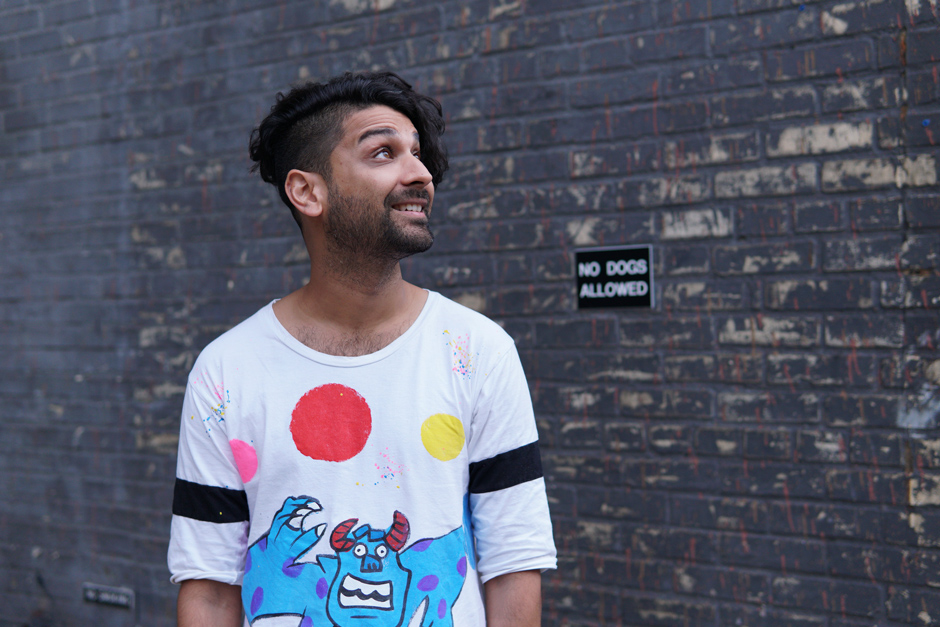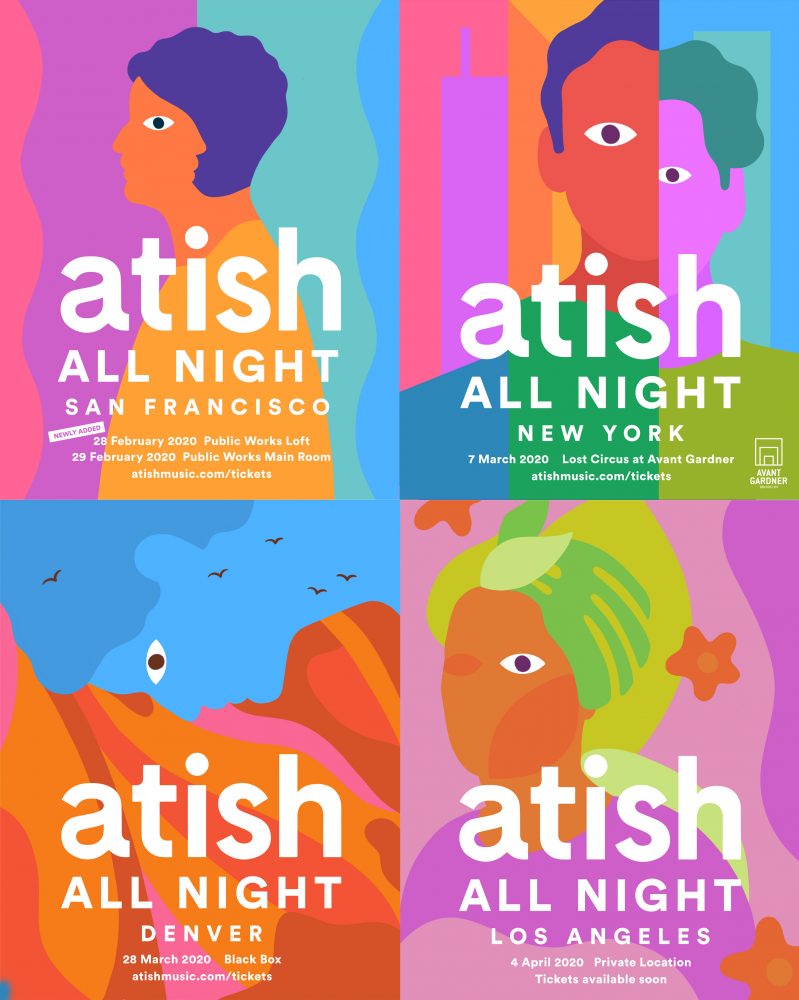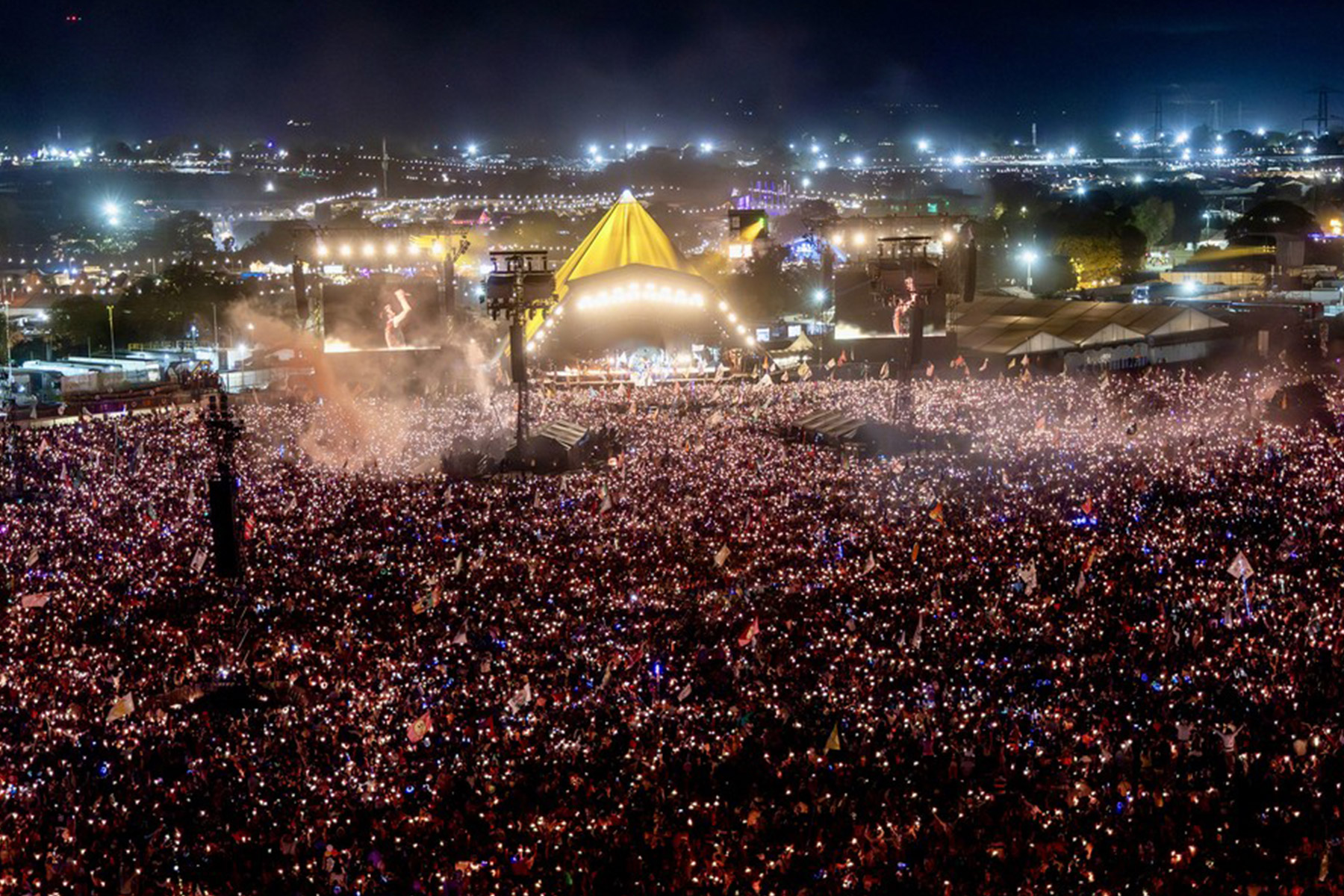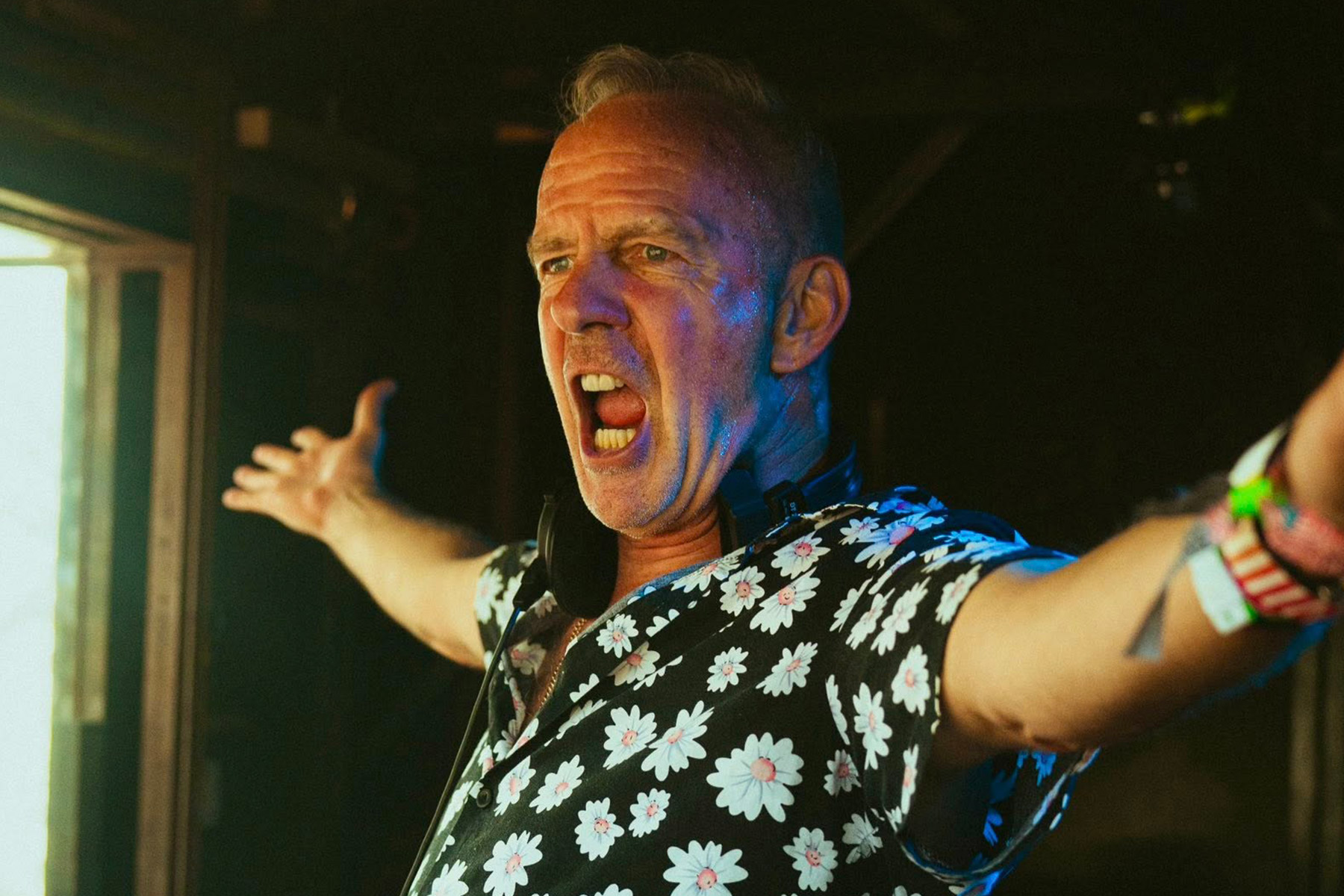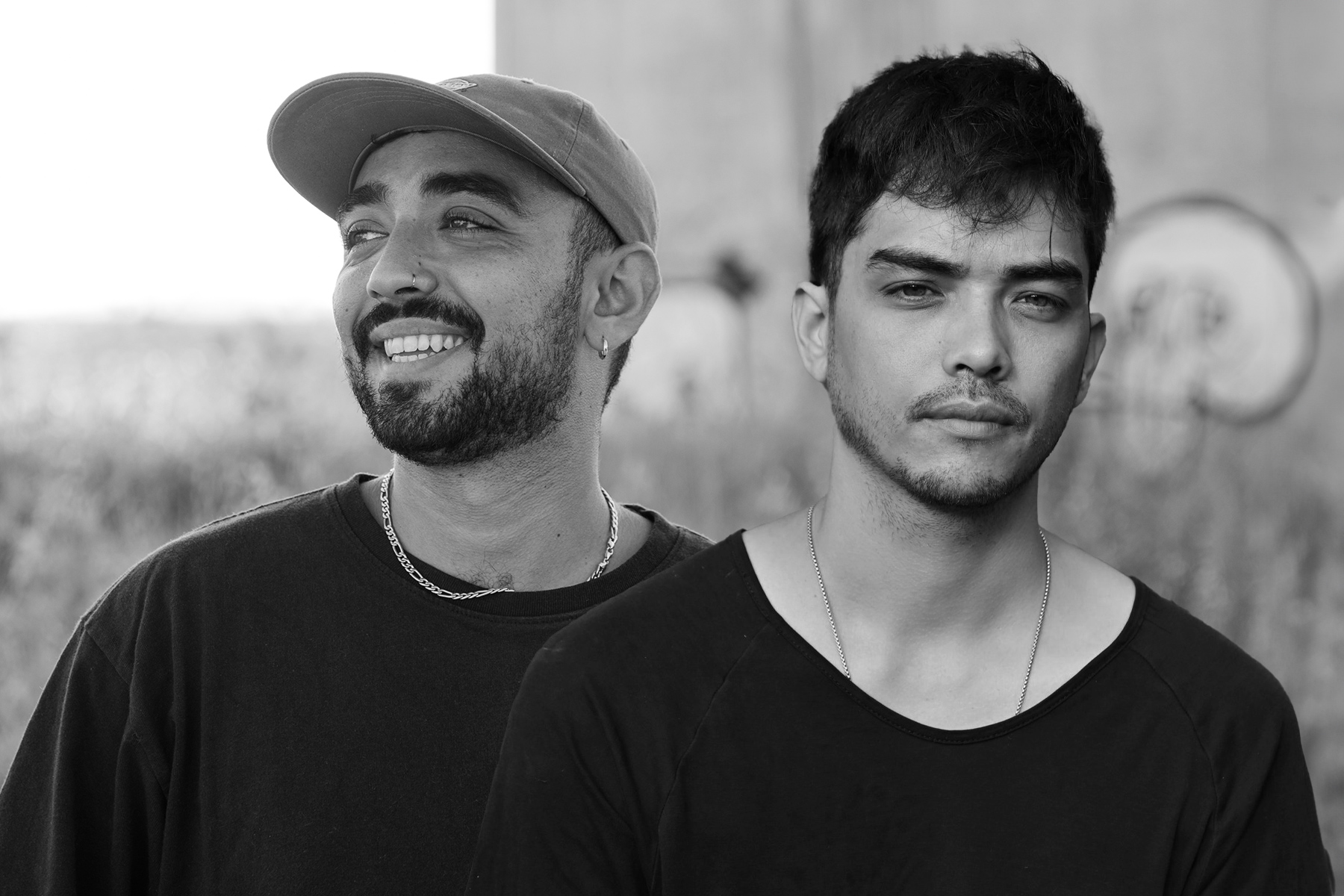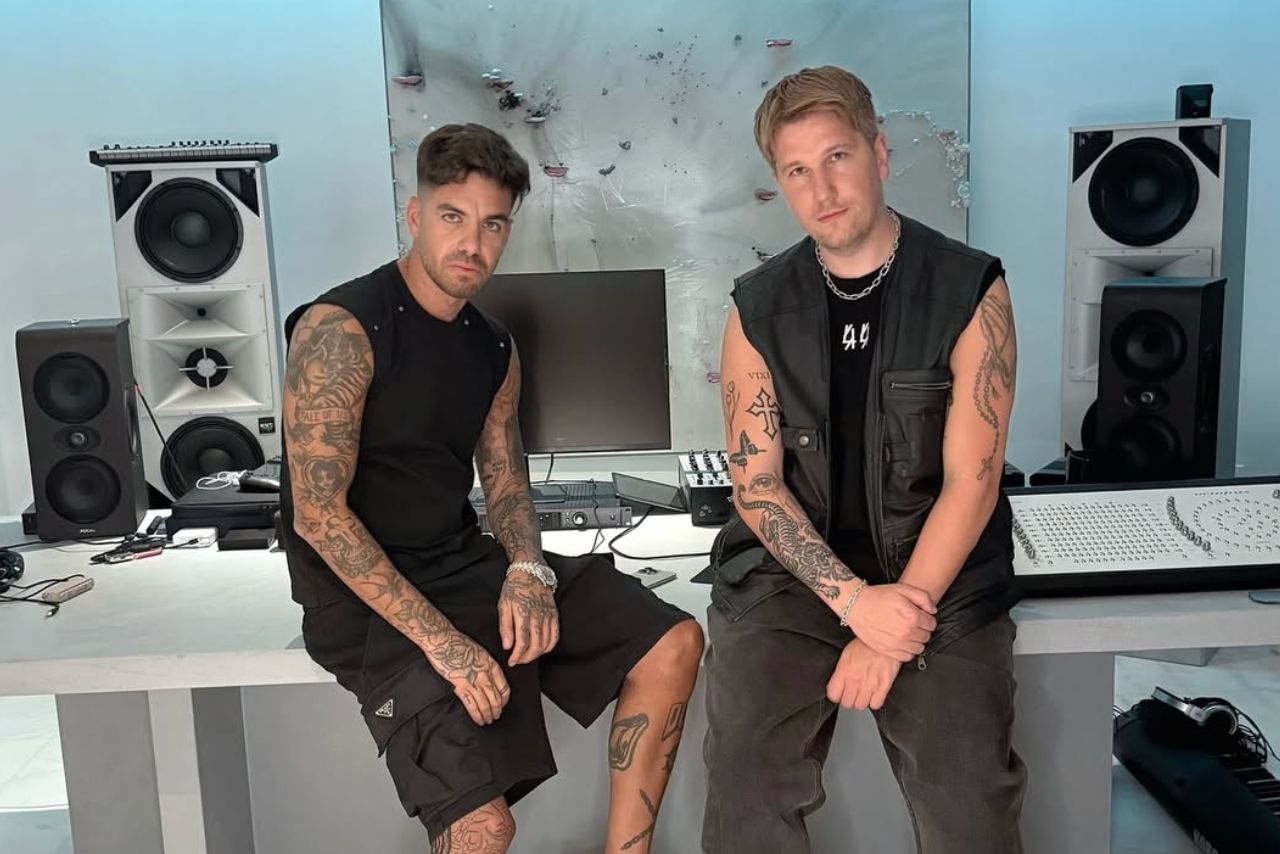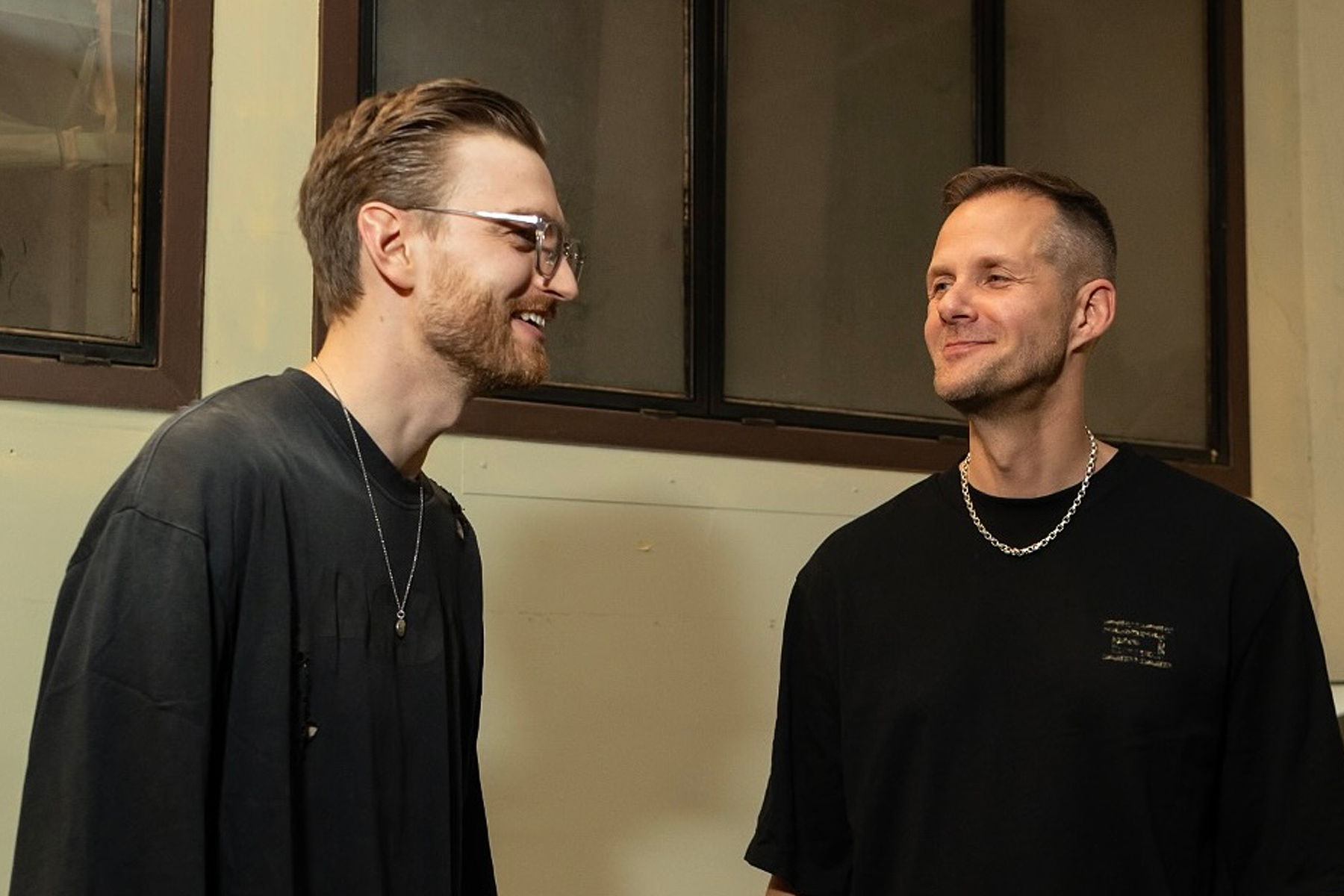The 2020 edition of Atish All Night kicks off on February 28 & 29 as the Manjumasi maestro takes to his old stomping ground in San Francisco for a doubleheader at Public Works before hitting three more cities.
It’s fitting to see him kicking off the open to close program back on the West Coast, taking over the Public Works Loft for an intimate leftfield set Friday night before a sold out signature Main Room event on Saturday.
2020 signifies another big step in the right direction for the US artist. The two dates in San Francisco will be followed by the NYC edition at Lost Circus (Avant Gardner) on March 7, an AAN debut in Denver at Black Box on March 28, and a final stop for a warehouse edition in LA on April 4.
Similarly to the trajectory of his own career, the All Night series has risen rapidly in demand thanks to a combination of relentless graft, remarkable precision and a staunch respect for the dancefloor experience. We caught up with the man behind the movement before he embarks on the coast to coast journey to dig a little deeper into his process and approach, touching on the art of an open to close set, nurturing the ideal dance-floor relationship and the pressures of event execution.
Electronic Groove: Hey Atish, good to have you here. What are you most excited about in regards to the 2020 edition of the Atish All Night Series?
Atish: Thanks for the invite! The people. I get excited when I reflect on the fact that these Atish All Night events are the culmination of the relationships I’ve built with my audiences in San Francisco, Los Angeles, New York, and Denver over the last 10 years. Seeing them smile when they are locked in the groove, thinking about how much I love seeing both old friends and new fans quickly stop by the DJ booth to say hello. Reading my messages before and after an event from people who are touched so strongly by what I do. All this gives me a sense of purpose, gives meaning to my work. I’m living the dream.
EG: In addition to a Denver debut, the 2020 edition sees another first; back to back nights at Public Works in the loft on February 28 and then February 29th in the main room. What inspired that decision?
Atish: This isn’t something I’ve heard many DJs discuss publicly, but I know it’s something many artists go through: I feel that I’ve been increasingly put into an artistic box. There’s a fair amount of music I’m collecting that never makes it into my sets (leftfield, ambient, breakbeats, minimal), mostly because of fear. I’m afraid that people won’t like that stuff and I’m afraid of breaking people’s expectations. But at the same time, my sound is evolving, I have to keep pushing myself to try new things, and it’s unhealthy to be consumed by fear.
So I’ve been working with the incredibly supportive Public Works towards finding an avenue for me to experiment with other sonic directions without alienating those who love me for what I already do. Also, the Loft is a smaller, more intimate room so I’ll feel much more comfortable branching out and taking risks.
I’m not sure exactly how this one will play out, but that unpredictability is the most exciting part and really taps into what I love about being a performer.
EG: AAN has been evolving for a few years now since its creation. How has your art to an open to close set changed over time?
Atish: That continuously developing audience relationship makes me much more comfortable taking artistic risks. The dance floor is more likely to trust where I’m taking them, and I trust that they’re more likely to go along for the ride. I feel more empowered to go off in musical directions that I might not have tried a few years ago, so I like to think there’s a higher likelihood of an open-to-close set being “interesting”, for lack of a better word, though whether or not I actually succeed in this endeavor is up for debate.
EG: Are there core tenants of your approach that will always stay the same?
Atish: The goal of my all night sets has always been to take the audience on a proverbial journey touching on moments of high energy, lulls of deep heady grooves, lush emotional melodies, stripped back minimal beats – woven together seamlessly. I’m happy if at various points in the night, people on the dance floor wonder, “how the hell did we get here?” (in a good way, of course!) A peak is only as powerful as the valleys surrounding it, so I believe that the most dynamic sets lead to the best dance floor experiences. I’m pretty sure that this philosophy will be a core aspect of my sound until the end – I can’t imagine ever DJing a 6-hour chug-a-thon.
EG: Music selection is not the only criteria in curating the ultimate audience experience, what else does the process entail?
Atish: Every city has its own set of challenges. Los Angeles probably has the most hands-on behind-the-scenes work as all those shows are underground warehouse events that require several production decisions. Whenever I’m in LA, I take extra time to scout venues with my LA co-producer, Eddie Vela. We discuss venue layout, bar placement, sound systems, lighting rigs, eco-friendly considerations, and even fire safety.
I have a few sticking points that I’m working on pushing for in every city though: keep the DJ booth as close to as close to the center of the room as possible (connection with the crowd is key!), respect the audience’s ears by keeping the volume at a reasonable level, and give my closest fans a discount for supporting me (shameless plug for my mailer here).
One artistic aspect that’s really been a joy has been the flyer design. I’ve been working with Amar Singh, a Chicago-based designer for every Atish All Night flyer since the beginning. Amar somehow translated my ambiguous ideas around what ‘Atish’ represents into beautiful visual works of art. She’s even worked on extending the Atish All Night flyer concept into other visual aspects of the Atish universe such as the logo and other assets. I’ve been really happy with the visual identity she’s built for the event series and the Atish project as a whole, and it’s been fun evolving the visual concept to match my sonic identity as well.
Producing Atish All Night in all these cities is by no means a solo effort, so it’s worth mentioning the entire team behind the scenes here that makes it possible: Dermot O’Sullivan (manager), Simar Singh (promotion/marketing), Eddie Vela (LA co-producer), Peter Blick (SF/Denver co-producer), and Amar Singh (designer) – all of them are heroes!
“That continuously developing audience relationship makes me much more comfortable taking artistic risks”
EG: Does having a dancefloor that you know are there specifically for the AAN experience change the way you play in comparison to a standard festival or club show?
Atish: Absolutely. If someone hears me play at Desert Hearts, they hear Desert Hearts Atish. There’s a Cityfox Atish, Burning Man Atish, big room Atish, small room Atish, and so on. These are all authentic hats that I wear, but every one of those situations has me trying to fit within its constraints.
At the AAN events, the audience gets the “Atish Atish” since the people who attend are already familiar with my music, as opposed to other gigs where people would be on the dance floor because they are following that promoter, there for another DJ, or accidentally stumbled onto a stage I’m playing at a festival.
Musically, this usually means that I’ll play with a bit more sonic range and also at a more deliberate pace. At the AAN events, I love taking the tempo down and sometimes stripping the music to just a groove for a long time to build tension. I wouldn’t dare do something like that at a festival stage like Coachella, for instance, since the crowd wants big drops or they’ll move onto something that requires less patience.
EG: The series has a history of success. Does that increase the pressure with each performance?
Atish: Yes. It’s wonderful and awful at the same time. I’ve been incredibly lucky to sell out all 8 events I’ve done over the years, and I’m so grateful to have this kind of support. Having a sold-out crowd creates a special dance floor vibe since every person who attends is there with a shared intention and shared knowledge of the music, so the feedback I’ve received about events has been overwhelmingly positive.
The downside of having sold out every event is that from a promotional standpoint, anything less than perfection is a disappointment. Luckily, I have an all-star ambitious team, but it’s undeniable that these high expectations are stressful for everyone, including myself.
I think that promoting these events is similar to buying a new car. Once you take a shiny brand new car off the lot, you are obsessed with keeping it in perfect condition to the point where owning it sometimes feels like a burden. But after you get that first little scratch, you can go on with your life and have a lot more fun driving it around since you’re now forced to accept that it’s imperfect. So maybe I’m secretly hoping that one of these events falls short of selling out by 1 ticket – just a little bitty nick on the rear bumper. That would be a huge sigh of relief. Don’t tell that to my team though!
For more info, go to atishmusic.com/tickets
Follow Atish: Facebook | Instagram | Soundcloud

